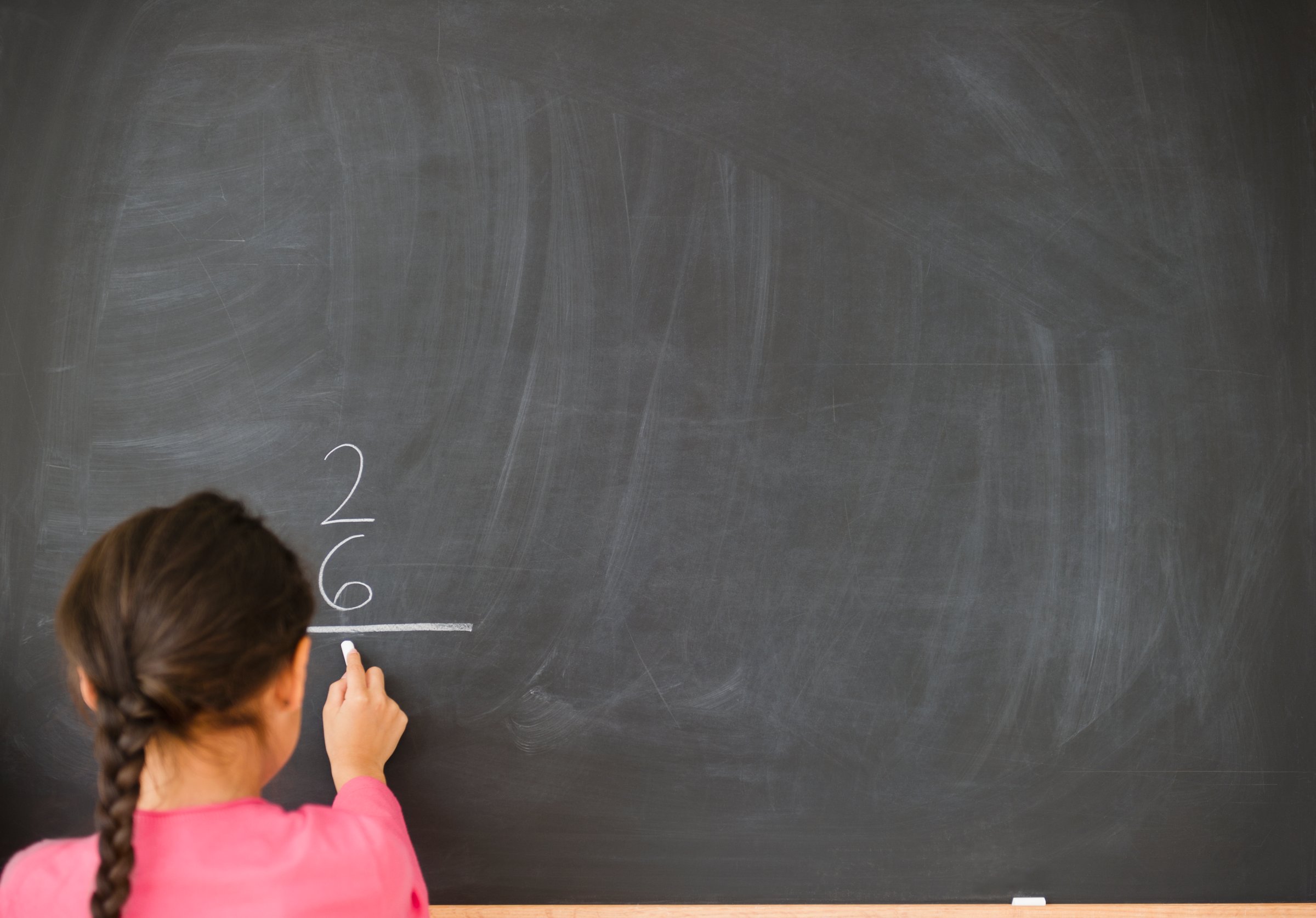
Americans are lacking in confidence when it comes to math. Restaurants now print the suggested tip on receipts because so many customers struggle to calculate it — an exercise that draws on 4th grade-level abilities.
Math and science education does more than produce tech visionaries and Nobel Prize winners. It produces adults who can navigate regular daily life with confidence, by teaching children how to solve problems creatively, observe the world around them rationally and sift facts from fiction.
Nevertheless, despite all the recent focus on the importance of science, technology, engineering and math (STEM) fields, our schools have made little change in how we teach math and science — or how we stoke kids’ love of these subjects. Most schools still hand out uninspired worksheets as an ineffective alternative to hands-on materials and true exploration, leaving too many students either lost and confused or ahead and bored. Incorporating math and science learning into kids’ lives outside the classroom is the key: Given that kids spend only about a fifth of their 5,000 waking hours per year in school, there’s a huge opportunity to create powerful learning experiences anywhere in a child’s life.
That’s why parent engagement in children’s math and science learning is so crucial. When kids encounter math and science as a list of abstract facts behind the classroom door, they’re given little incentive to remember the material or to apply it to everyday life. A recent report shows that the key to boosting math and science learning is to expand the number of STEM “charging stations” available to children, allowing them to immerse themselves in nature, technology and numbers in daily life. Parents who guide their children to use math and science regularly also help them develop a fluency that will serve them well as adults every time they enter into a financial negotiation, make a medical decision or vote for a new leader. As a bonus, some kids will also become the visionaries in biotech, software and environmental science who boost quality of life for us all.
Parents don’t need to be number whizzes or lab experts to generate these kinds of experiences. Usually, it’s enough to be co-learners alongside one’s kids, says Elisabeth McClure, an expert in early childhood STEM education and lead author of the STEM Starts Early report, released this year. So when we see a child face everyday challenges — say, reaching for something that’s too high — it’s a perfect opportunity to let her exercise her logic skills, rather than just solving the problem for her: “You can’t reach it? How could you make yourself taller?”
Working through the problem this way, our budding scientist may decide to find a stool or come up with a more novel solution. McClure writes: “By simply scaffolding the child’s critical-thinking process during this challenge moment, you’re encouraging math by comparing heights, science by encouraging experimentation, technology by helping her think about tool use, creativity in imagining a solution and engineering by letting her make her imagined solution into a physical reality.”
Parents can support their kids’ developing skills in many other simple ways by weaving math and science into their day-to-day lives. Visit a science museum. Explore a forest or a nearby park together, and investigate what you come across. Organizations like the National Science Teachers Association, PBS and many others offer plenty of free, interesting activities, suggestions and resources. And older kids may benefit from speaking with relatives or family friends who work in math and science fields, or even visiting them at work. Most importantly, children model what they see. Parents can seed curiosity in their children simply by sharing their own questions about our world and how they might go about answering them.
Science and math literacy, not to mention critical reasoning skills, will only become more essential as technology’s role in society grows. For a lifelong facility with numbers and facts to take root, learning has to extend beyond the schoolhouse steps. There is a world of challenges and wonders all around us, waiting to be discovered by kids and their parents — together.
Laura Overdeck is founder and president of Bedtime Math and chair of the Overdeck Family Foundation, a partner with the Simons Foundation on the Science Everywhere Innovation Challenge.
More Must-Reads from TIME
- Cybersecurity Experts Are Sounding the Alarm on DOGE
- Meet the 2025 Women of the Year
- The Harsh Truth About Disability Inclusion
- Why Do More Young Adults Have Cancer?
- Colman Domingo Leads With Radical Love
- How to Get Better at Doing Things Alone
- Michelle Zauner Stares Down the Darkness
Contact us at letters@time.com